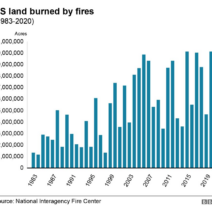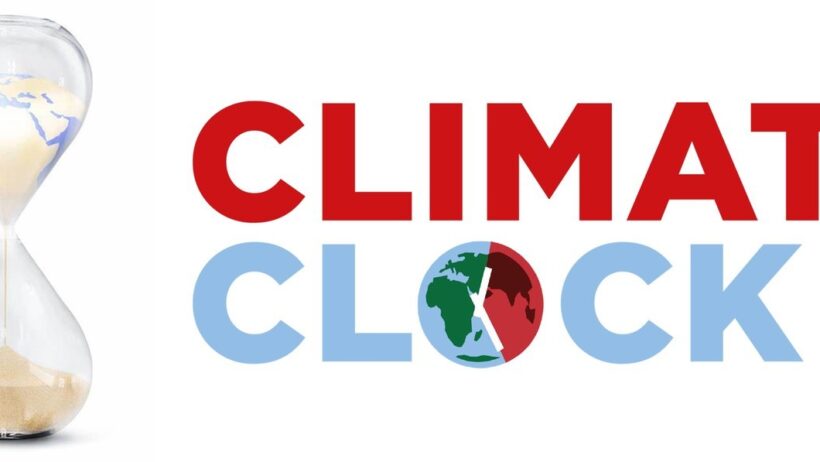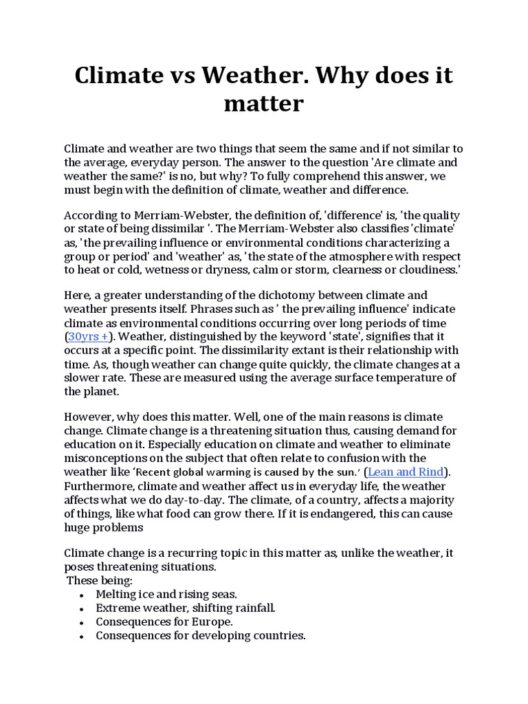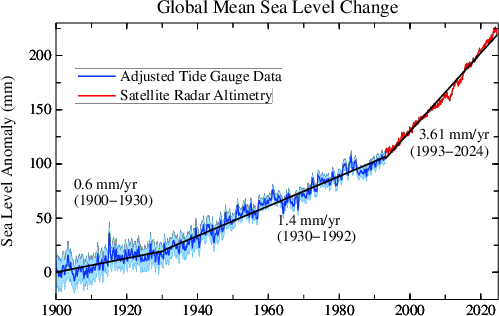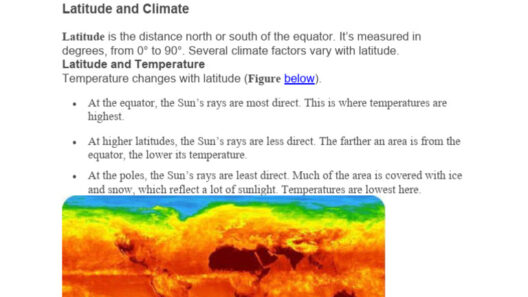Understanding the concept of the Climate Clock is imperative for grasping the urgent nuances of climate change. The Climate Clock symbolizes a stark reminder of our planet’s rapidly diminishing time frame to galvanize action against the burgeoning threat of environmental degradation. It serves not merely as a countdown but as a clarion call to humanity to confront our collective inertia. This exploration will delve into the veracity of the Climate Clock, its implications for our environmental future, and the transformative perspective it can engender in individuals and communities alike.
Many skeptics question the validity of the Climate Clock, often citing its reliance on projections and data that may fluctuate. However, this skepticism belies the underlying purpose of the initiative: to incite urgency and compel action. The clock serves as an indicator, calculated from scientific assessments of the carbon budget and global warming thresholds. This data suggests that if we continue on our current trajectory, we will exceed the 1.5°C increase in global temperature—a threshold we must not breach if we aspire towards a sustainable future. Therefore, while the Climate Clock may evoke debate regarding its precision, the essence lies not in the numbers but in the message: time is of the essence.
Moreover, the Clock garners attention through its compelling design and presentation. The visual nature of a countdown captures the collective imagination, transcending the often-numbingly abstract data associated with climate reports. It transforms the abstract into something visceral, enhancing the public discourse surrounding climate change. By presenting information in this manner, the Climate Clock ignites curiosity, prompting individuals to ask, “What can I do to make a difference?” It is precisely this shift in perspective that paves the way for grassroots movements and culminates in tangible actions across the globe.
The Mechanisms Behind the Countdown
At its core, the Climate Clock operates on a mathematical foundation built from the latest climatological research. Scientists calculate the remaining carbon budget, which is the amount of CO2 emissions permissible to avoid catastrophic climate impacts. The summation of these data points, largely derived from reports by the Intergovernmental Panel on Climate Change (IPCC), culminates in the grim countdown displayed on the Climate Clock. As carbon emissions continue unabated, the time left before we reach critical thresholds decreases.
This time frame represents not just a number, but a complex web of interconnected consequences—melting polar ice caps, rising sea levels, extreme weather events, and loss of biodiversity. Each tick of the clock is a stark reminder that the consequences of inaction are not relegated to some distant future, but are a present reality encroaching upon our everyday lives. Furthermore, as these warnings reverberate through society, it is essential to connect the dots between individual actions and systemic change.
The Psychological Impact: Fear or Motivation?
The Climate Clock undoubtedly evokes a dual response—fear of impending doom juxtaposed with an impetus for action. This psychological dichotomy plays a crucial role in the broader narrative of climate activism. While fear can be paralyzing, it can also serve as a catalyst for engagement and education. When individuals grasp the gravity of the situation, they may feel compelled to change their behaviors or advocate for eco-friendly policies.
However, it’s important to approach this fear with nuanced understanding. Engaging with the realities of climate change can be distressing; thus, framing these discussions towards empowerment is crucial. Organizations and activists are tasked with transforming this impending crisis into opportunities—opportunities for innovation, leadership, and collective action. Building community around sustainability initiatives can create a wave of motivation, demonstrating that everyone possesses the potential to contribute to the solution.
Transforming Anxiety into Action: Grassroots Movements
As communities mobilize under the aegis of the Climate Clock, grassroots movements emerge as focal points for change. Whether through local conservation efforts, climate justice initiatives, or educational outreach, the initiatives inspired by the Climate Clock manifest in diverse and impactful ways. The impatience resulting from the countdown galvanizes local communities to take bold steps—from advocating for renewable energy installations to implementing stringent waste management protocols.
Some striking examples encompass community-led tree-planting campaigns, urban gardening projects, and advocacy for electric public transportation. These local efforts serve as microcosms of the larger movement, embodying the spirit of revolution against climate inaction. As communities recognize their agency and implement tangible changes, they contribute to a broader narrative shaping a regenerative future.
Nurturing a Collective Consciousness: The Role of Education
Education emerges as a pivotal component in translating the urgency depicted by the Climate Clock into actionable knowledge. Comprehensive environmental education that incorporates critical thinking and emphasizes the interconnectedness of ecological systems can broadly expand one’s understanding of global issues. By fostering awareness from a young age, society lays the foundation for future generations to uphold a culture of sustainability and mindfulness towards the environment.
Schools and educational institutions play a major role in cultivating this consciousness. Curricula infused with climate science, sustainability practices, and social responsibility ensure that the next generation is equipped to confront the climate crisis head-on. Schools can serve as incubators for innovative thinking, inspiring youth to become stewards of the Earth, fostering hope, resilience, and determination to combat climate change.
The Intersection of Technology and Advocacy
In the modern age, technology plays an unparalleled role in amplifying the message of the Climate Clock and facilitating climate action. Social media platforms can rapidly disseminate information, rally supporters, and mobilize communities. Innovative apps and platforms can gamify sustainability, making it engaging and competitive to reduce one’s carbon footprint. Technology can foster inclusivity, allowing marginalized voices to be heard in climate discussions.
As the Climate Clock continues to tick, its dual role as a harbinger of urgency and a beacon of hope becomes exponentially clearer. While the ticking numbers encapsulate a grim narrative, they also highlight the innumerable possibilities for change. The question lingers: are we prepared to confront the profound truths of our predicament? Embracing the challenge ahead is crucial—our future depends on it.
